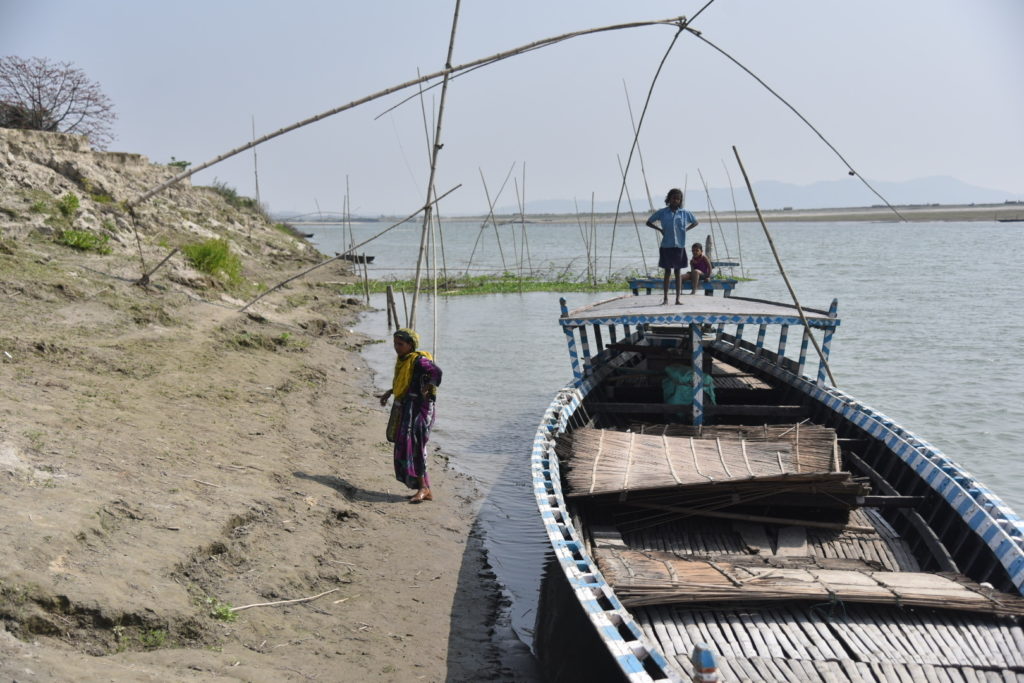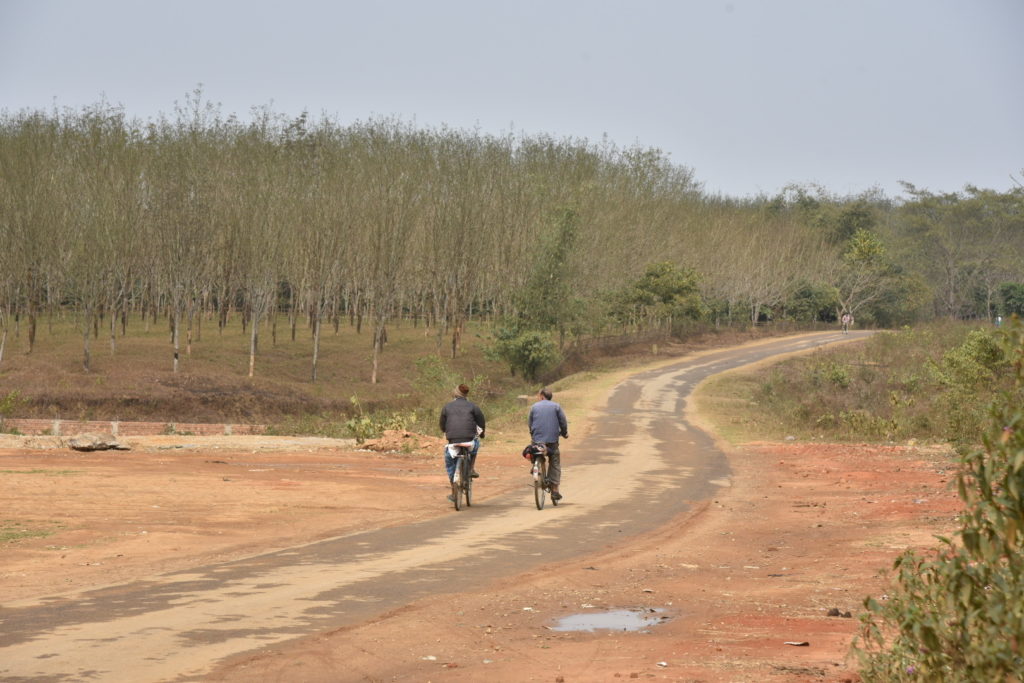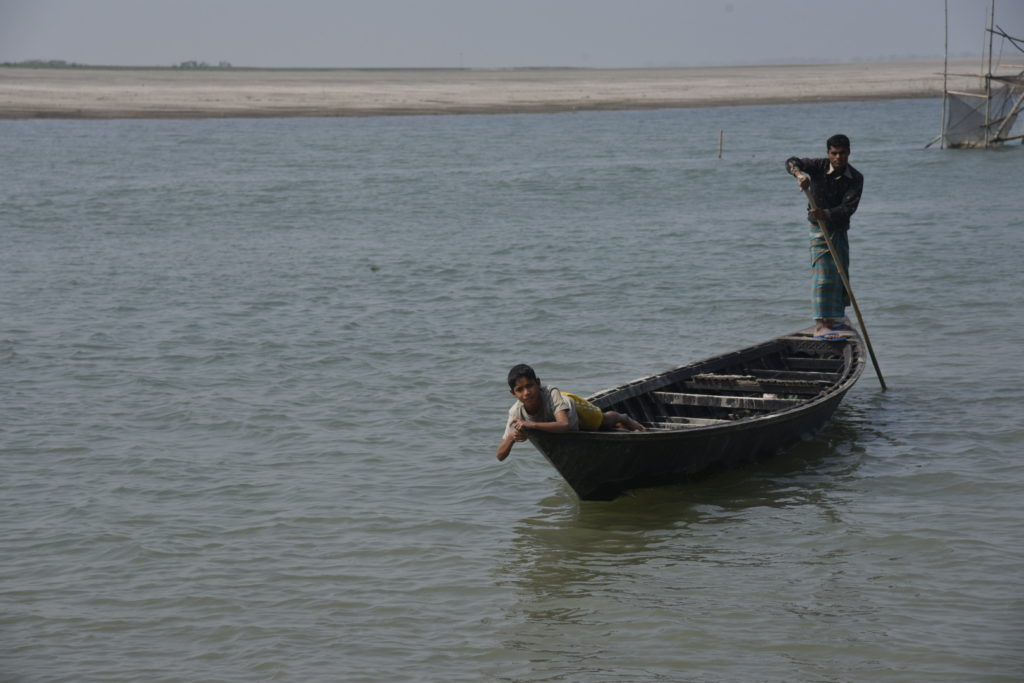By Angshuman Choudhury

On an ideal plane, history is a vast open field. In reality, however, it is a heavily territorialized frontier, owned and guarded by dominant social groups. In fact, it is precisely by laying exclusive claim over history that groups gain social dominance just like how the pre-industrial elite in Britain claimed the open countryside by means of enclosures, thus gaining unparalleled social and economic leverage in industrial Britain.
Much of what we are witnessing in Assam today has its roots in precisely this –the enclosing of history by powerful social groups.
The National Register of Citizens (NRC) updation exercise that began around 2015 and continues to this day in Assam has received overwhelming support from large sections of people from the Assamese society who fear a quantitative and qualitative decline in their identity and culture due to an influx of “illegal immigrants” from Bangladesh. For them, the NRC, much like the pre-existing Foreigner Tribunal (FT) system, is an effective means to redeem the Assamese from sure doom.
This fear psychosis of Assamese-speaking groups in the Brahmaputra Valley has much to do with how they look at their own history, or how political and civil society leaders have led them to look at their own history. They have been led to believe, through years of cyclical propaganda, that their history was invaded upon by the bahiragoto (outsider) or bidexis (foreigners) from East Bengal (which later became East Pakistan, and finally, Bangladesh). They have been made to believe that they are victims of a grand “settler colonial” project of transplanting Bongalis (Bengalis) in Assam, which began with British colonial policies of transferring East Bengali migrants to Assam Province during the late 19th and early 20th centuries. This is despite the glaring absence of any solid evidence of any such organized project in postcolonial Assam.

Hence, the overwhelming feeling is that through instruments like the FTs and NRC, the Assamese will finally be able to reclaim their lost past. It is in this reclamation of history that the Assamese ethno-nationalist project finds a sense of collective justice.
However, this project of “reclamation” of history is, in reality, an organized majoritarian project of enclosing history. It is an attempt at continuously producing and reproducing the structural privileges that the ethno-linguistic majority has enjoyed for years in order to suppress the organic diversity of history. It is a collective endeavour to erect fences around history and what history produces i.e. identity. In this lopsided historiographical framework, the mighty gets mightier and the weak, weaker.
What is almost always erased from the majority’s version of their history is the simultaneous existence of numerous other human histories. For instance, it is often forgotten very surprisingly that the history of postcolonial Assam is that of an intermingling of many pasts, presents, and futures. It is the coming together of a diverse set of people from diverse territorial, ethnographic, cultural and political contexts, whose lives and collective sense of being were shaped by forces much larger than them. Yet, for some reason, it is only one version of history that is told, re-told over and over again to justify state-run demographic cleansing projects like the NRC. It is as if a whole other set of flesh-and-blood human beings never existed in Assam.
In this version of history written by the ethno-linguistic majority, the fears, anxieties and aspirations of the minorities are either conspicuously absent or are strategically co-opted under the fears, anxieties and aspirations of the majority itself. In fact, a prime feature of the Assamese ethno-nationalist project has been to shepherd minority histories inside a larger enclosure of ‘Asomiya history’. These “smaller” histories, thus, cease to exist in their own right –in life or in death.
For instance, in the majority’s telling of the Assam Movement (1979-85) which saw numerous instances of anti-minority violence, martyrdom is accorded to only one set of people i.e. the victims of the brutal police crackdown, most of who belonged to the dominant Assamese-speaking community. Violently inflicted deaths on ethno-linguistic minority communities such as Bengal-originated Muslims, Bengali Muslims and Bengali Hindus find little to absolutely no mention in this historiography of privilege. They are either completely obfuscated or relegated to ‘collateral damage’.

The collective silence around the Nellie Massacre of 1983 when at least 1800 Bengal-origin Muslims were brutally slaughtered by an armed mob of Tiwa and Assamese under just six hours in central Assam, is one striking example of this systematic erasure of minority histories and trauma in Assam.
This impulse of enclosing history, unsurprisingly, also became part of official state policy. Take for instance Clause 14 of the Assam Accord, a Memorandum of Understanding signed in 1985 between the union of government of India and agitating Assamese ethno-nationalist groups as a mark of the Indian state heeding the demands of the anti-immigrant agitators. It says that the central and state governments are to “frame a scheme for ex-gratia payment to next of kin of those who were killed in the course of the agitation”. As per official policy that flowed from this, the Assam Government prepared a list of 860 ‘martyrs’. Not one amongst the 2000 odd victims of the Nellie Massacre features in this list. What could one then, think of the victims of other smaller anti-minority pogroms during the Movement such as those in North Kamrup (1980) or Khoirabari (1983)?
Little has changed today. The fears, anxieties and aspirations of ethno-linguistic minorities continue to be consigned to the farthest nooks of Assam’s public discourse. The looming sense is that attempts such as the NRC are necessary for the “greater good”, and those suffering because of it should move on as soon as possible so that everyone gets “closure”. Prominent public intellectuals continue to deny minorities such as the ‘Miyahs’ (Bengal-origin Muslims of Brahmaputra Valley) their natural right to grieve about their past or enunciate their grievances using their own language. They are told, patronisingly so, that their identity has no distinction and is simply an appendix to the bigger “Axomiya identity”. Any departure from this prescribed code of conduct is deemed blasphemous. They are denied access to the common land of history, history-writing and history-telling.
Yet, there is hope. One sees pushbacks to projects like the NRC from both minority communities and their extra-regional allies. One sees them articulating their fears and trauma in clear words, without a stutter. One sees them calling a spade a spade. One sees them writing poetry that expressed the trauma of burnt and blackened bodies. And finally, one sees them singing songs about a shattered past and a dubious future.
In short, one sees the fencing around the many enclosures in history tremble as many more lay a rightful claim over its vast expanse. And it is only through this undoing of a girded history in Assam will that the oppressed finally get justice.
Angshuman is a Senior Researcher at the Institute of Peace and Conflict Studies, New Delhi, and hails from Assam.


[…] article was originally published in Itisaras and has been republished here with […]